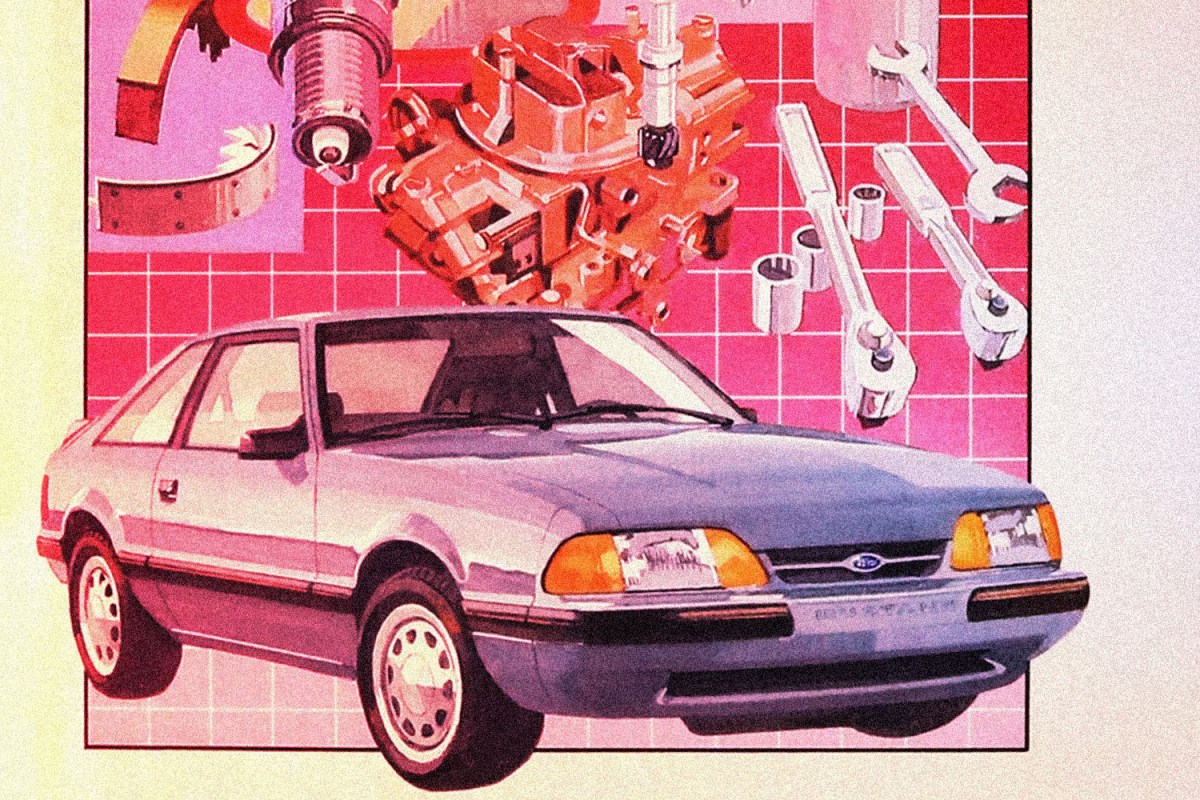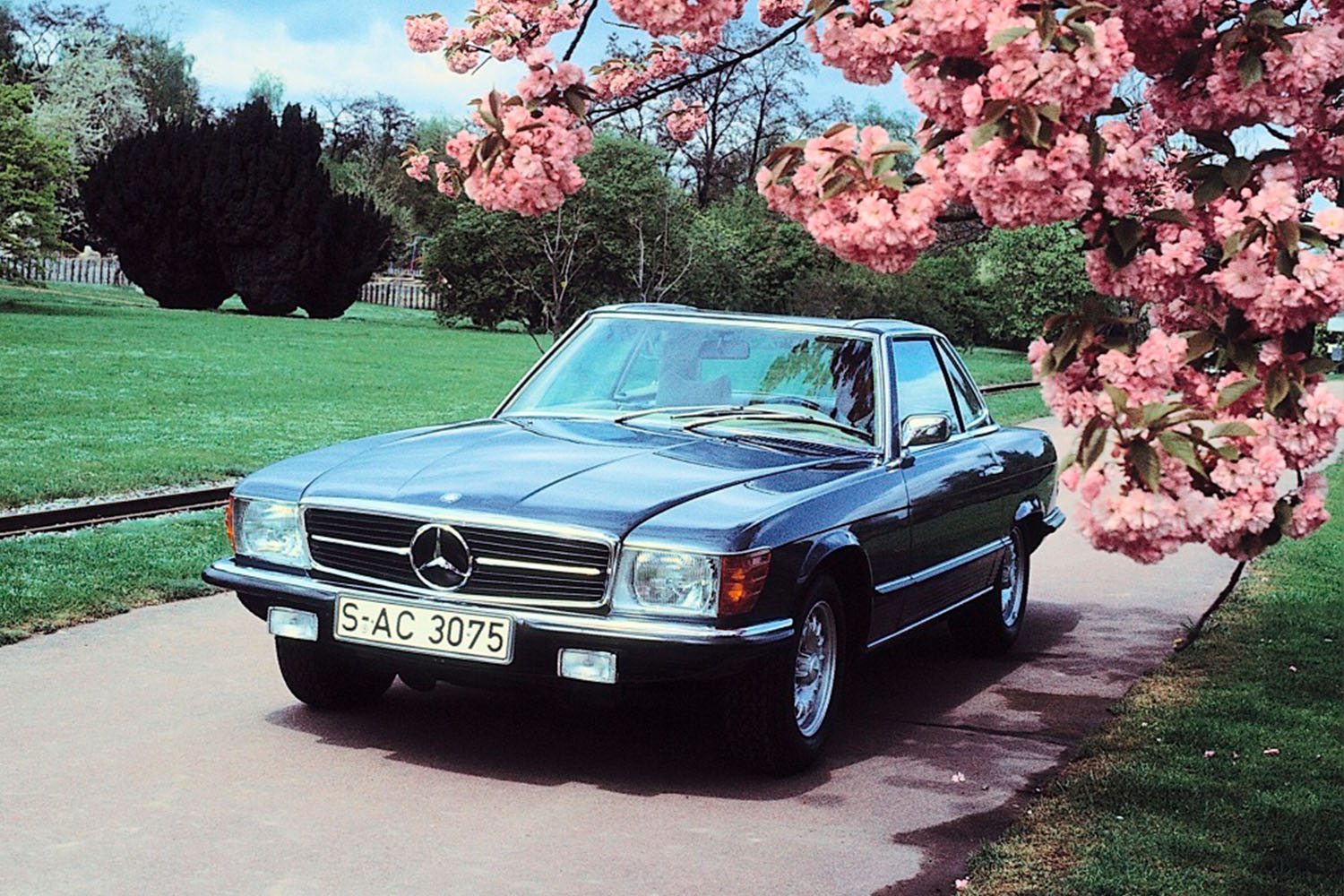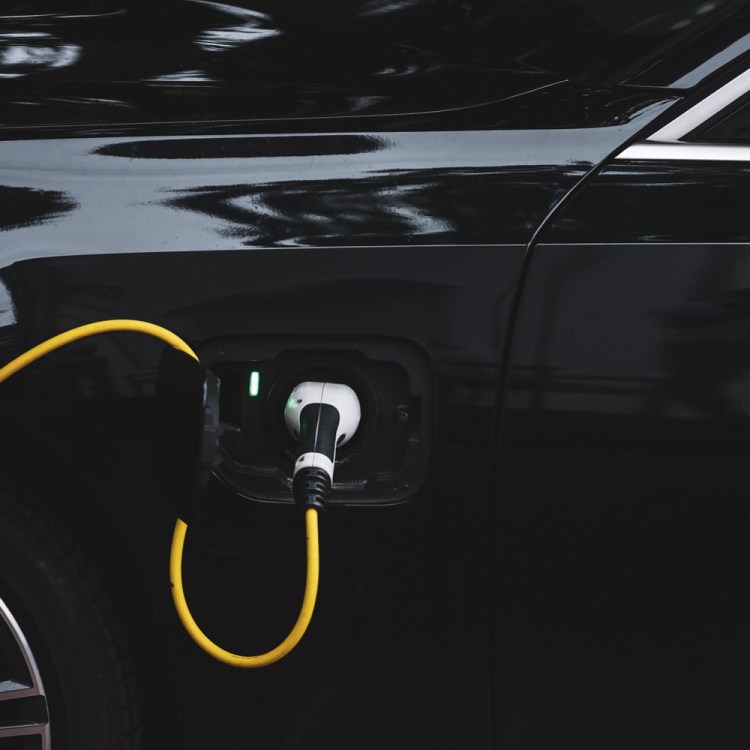The Ford Mustang is a shining star of the Rad movement, that outpouring of love directed at the until-now overlooked segment of the classic car world encompassing much of the 1980s and ’90s. Specifically, the Fox body Mustang — built from 1979 to 1993 — has transitioned from trailer park ornament to representation the apex of affordable muscle that blends just enough old-school fun with modern reliability and surprising affordability.
Whether it was Vanilla Ice rollin’ in his 5.0 (with the ragtop down so his hair can blow), or the coolest kid in your high school flossing next to his mint GT during lunch hour, there’s plenty of nostalgia out there helping to rehabilitate the car’s image. It’s long past time that the V8 version of the Fox Mustang take its rightful role alongside the original ’60s version of the car as a model truly worthy of the galloping pony badge.
Which version of the Ford Mustang 5.0 is right for you? And how can you make sure that you pick one up in the best possible shape and at a price that makes sense as a second or third car? Here’s our guide for scoring the sweetest Fox on your street.
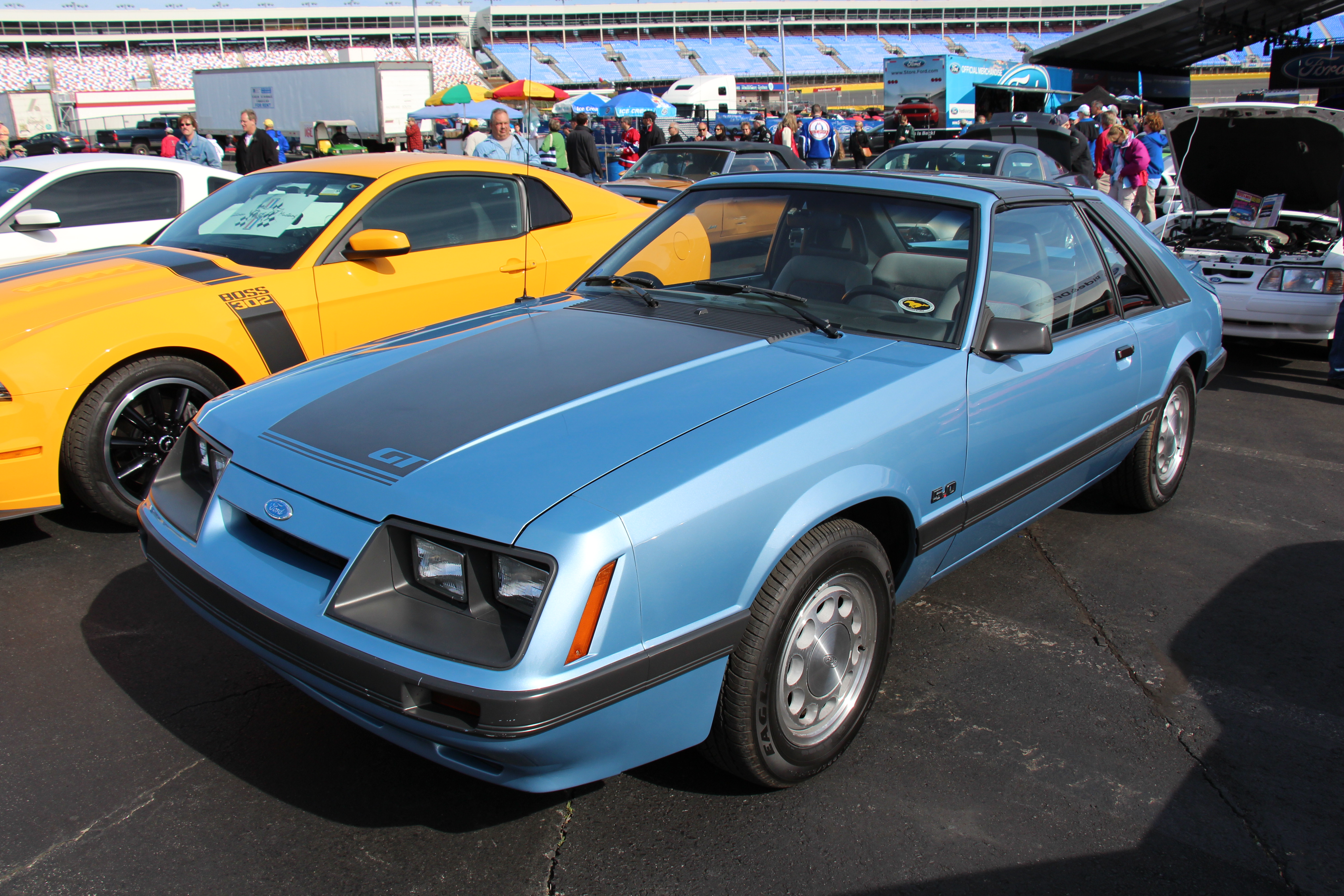
Why You Want One
When the Fox body Mustang appeared on the scene American muscle was just starting to get its groove back. Ford’s formula was simple: take a small and relatively lightweight coupe (and later convertible), stuff it with a reasonably powerful V8 engine, and give it all of the necessary accoutrements, including a five-speed manual transmission and a stout 8.8-inch rear-end.
After a muddled debut that saw the Blue Oval cycle through a number of somewhat lackluster engine options, the dust finally settled on an electronic fuel injection version of the 5.0-liter V8, which made its first appearance in 1986. This engine would be spread across two distinct versions of the car — the Mustang GT offered an uprated suspension system and a look-at-me body kit to go with its hatchback or convertible styling, while the LX was a more stripped-down take on the same drivetrain package, also available as a convertible or a notchback two-door coupe.
In stock form, the EFI 5.0 V8 provided up to 225 horsepower and 300 lb-ft of torque, with small variations depending on model year. This was enough to propel the Mustang from 0-60 mph in roughly six seconds, with the LX slightly faster in a straight line and the GT offering a better out-of-the-box approach to corners. The quarter mile disappeared in about 14 seconds, and the car’s top speed, if you were brave enough to hold on, was in the 140-mph range.
The 5.0 was an engine that readily responded to upgrades and tuning, and it instantly became a favorite among drag racers, street cruisers and muscle-car fans who emerged in the harsh light of day after more than a decade of emissions-choked clunkers clogging the highways. It also made the perfect foil to Chevrolet’s third-generation Camaro, which was a larger take on the same concept.
The best part about the 5.0 Mustang is how well it has aged. It’s an easy car to live with, as it feels relatively modern from behind the wheel and is comfortable and reliable enough to drive long distances without having to flash your AAA card. Simplicity is a virtue for the Fox.
How to Pick the Right One
For the best Ford Mustang 5.0 experience, you’ll want to target the 1987-1993 model year range. For the most part these cars are very similar in terms of mechanical details and body components, and there’s incredible parts availability out there both stock and from the aftermarket. Ford made 2.6 million Fox bodies, so you won’t have any trouble finding someone familiar with the car to repair it, either. Junkyards are full of Mustang body panels and interior pieces, making them easy to swap in and out as necessary.
The 5.0 is a very well-sorted engine, and as long as it’s been faithfully maintained, you won’t run into any particular issues. As with any classic car, however, a pre-purchase inspection is an absolute must. Take the car you’re looking at to a garage that can spend an hour with it on a lift, where they should check for any wiring or hoses that have dried out, any areas of rust on the car (subframe, floors, shock towers and lower quarter panels are the usual suspects), cracks near the rear window and the A pillar near where the roof meets the windshield (due to chassis flex over time), and whether the transmission still shifts properly (the T5 gearbox is a known weak spot for the 5.0). Finally, convertibles should have their tops and roof mechanisms verified to be in good working order with no tearing.
Another concern is any “upgrades” that may have been made to the car you’re looking at. It’s tough to find a 5.0 that hasn’t seen speed parts installed, and you’ll need to be wary of a car that has been abused or raced. You’ll also want to verify the quality of any third-party components on the car, and how expertly they’ve been installed. It’s very possible the example you’re considering has had many, many owners at this point in its life, and one or two of them may not have been the best stewards.
That being said, don’t be afraid of a Mustang 5.0 that’s had its motor breathed on for more power. As long as you’re below the 400 horsepower mark, the engine block is stout enough to handle the extra stress. Again, an inspection will reveal the quality of any modifications, and how they fit in with the condition of the rest of the car.
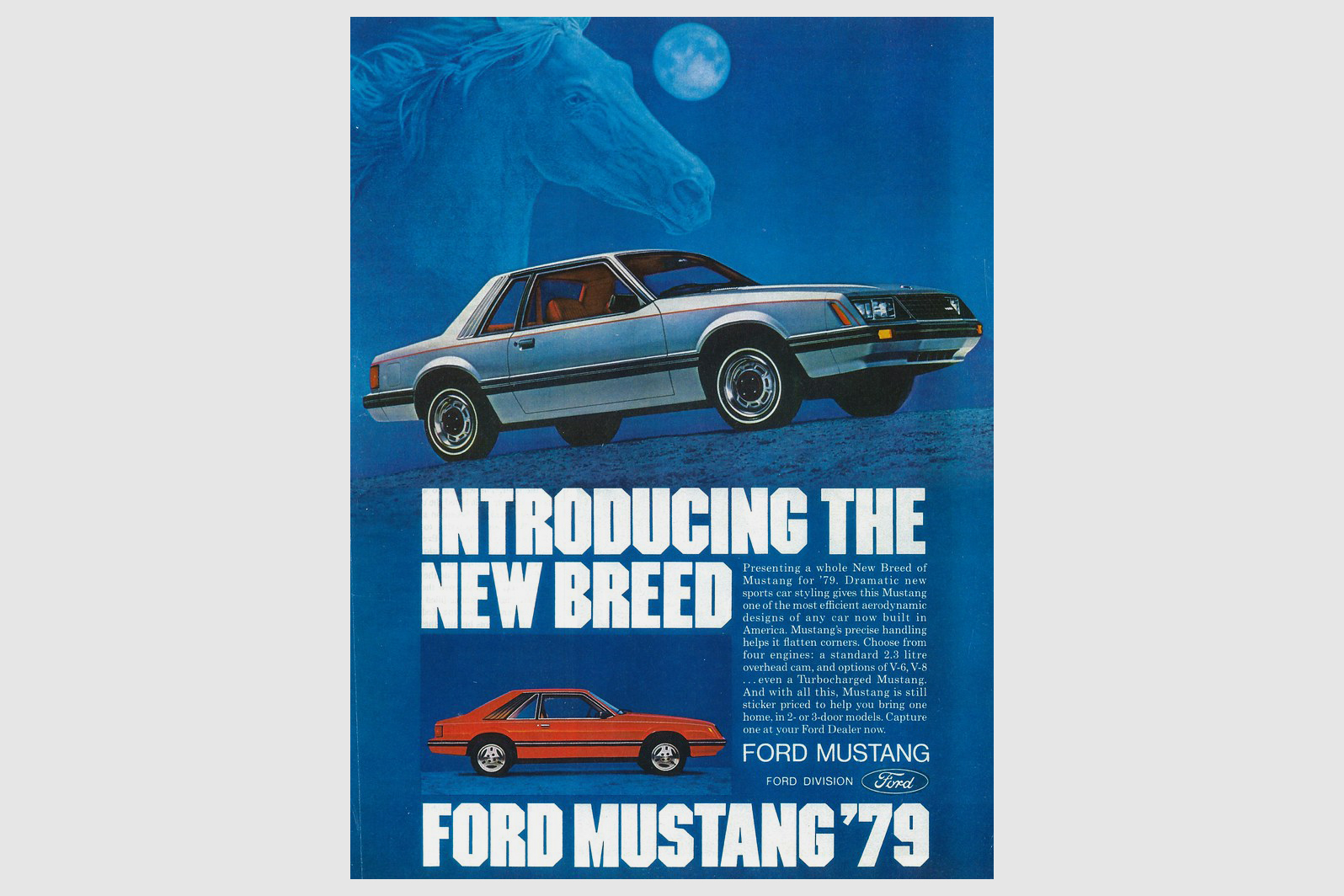
What to Pay for One
Luckily, the Boomer fetishization of the first-generation Mustang has kept prices for the later Fox fairly low. You can snag a good condition ’90s-era 5.0 for less than $8,000. Double that amount and you’ll be looking at a close-to-perfect GT or LX.
Those prices are well below what you’d pay for a brand-new econobox, and shockingly the car’s fuel mileage isn’t all that terrible thanks to its relatively light (3,000 lbs or so) curb weight, which means driving your 5.0 won’t put you in the poorhouse.
You’ll be tempted by the slew of sketchy $3,000-and-less Ford Mustangs littering Craigslist, but unless you’re itching to get your hands dirty with a project, you should buy the best possible car you can afford.
Inexpensive, powerful and cooler than any current compact car even close to its price point, the Ford Mustang 5.0 is the perfect summer cruiser to satisfy your thirst for classic muscle vibes. Just remember to keep a cassette of Ice’s “To The Extreme” in the glovebox at all times for maximum authenticity.
This article was featured in the InsideHook newsletter. Sign up now.
